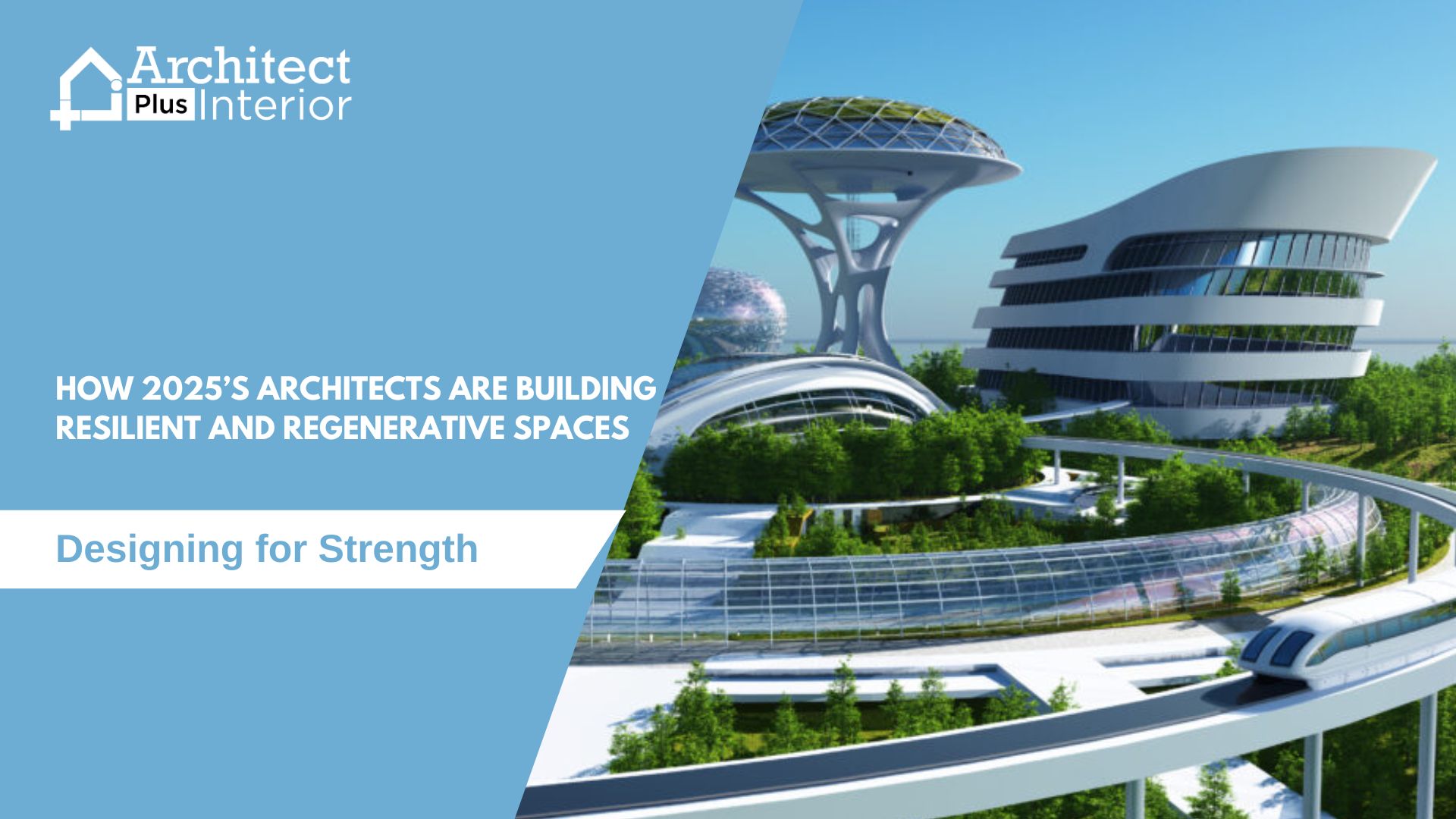As climate disruptions, social challenges, and resource constraints accelerate, 2025 has seen a dramatic shift in architectural priorities worldwide. This year’s dominant theme, “Design for Strength,” asks designers to balance ecological resilience, social continuity, and technological innovation for future-ready environments.
Regenerative Architecture: Beyond Sustainability
No longer is sustainability just about minimizing harm; architects now focus on regeneration—buildings and landscapes that actively restore ecosystems and support the well-being of communities. From material choices like carbon-negative concrete to adaptive reuse and biophilic design, today’s projects strive to be “good ancestors,” prioritizing long-term legacy over short-term style.
Strength as Adaptability and Inclusion
Strength today means more than reinforced steel. It’s about flexibility, inclusiveness, and context-sensitive design. Architects are exploring:
- Community-centered spaces supporting local needs and fostering resilience
- Multi-functional layouts and modular systems for changing work/life patterns
- Universal design principles—making environments accessible to all, including aging and neurodiverse populations
Tech-Driven Solutions: AI, BIM, and Smart Buildings
2025’s top architectural tech trends revolve around AI-assisted design, Building Information Modeling (BIM), and smart IoT-enabled environments. These tools help architects optimize energy performance, automate spatial layouts, and visualize results with unprecedented accuracy—making future cities cleaner, safer, and more livable.
As the world faces new crises and opportunities, architects are leading the way—not just with visionary forms, but with spaces that heal, adapt, and regenerate. Designing for strength today means building for tomorrow: resilient, inclusive, and innovative at every scale.



